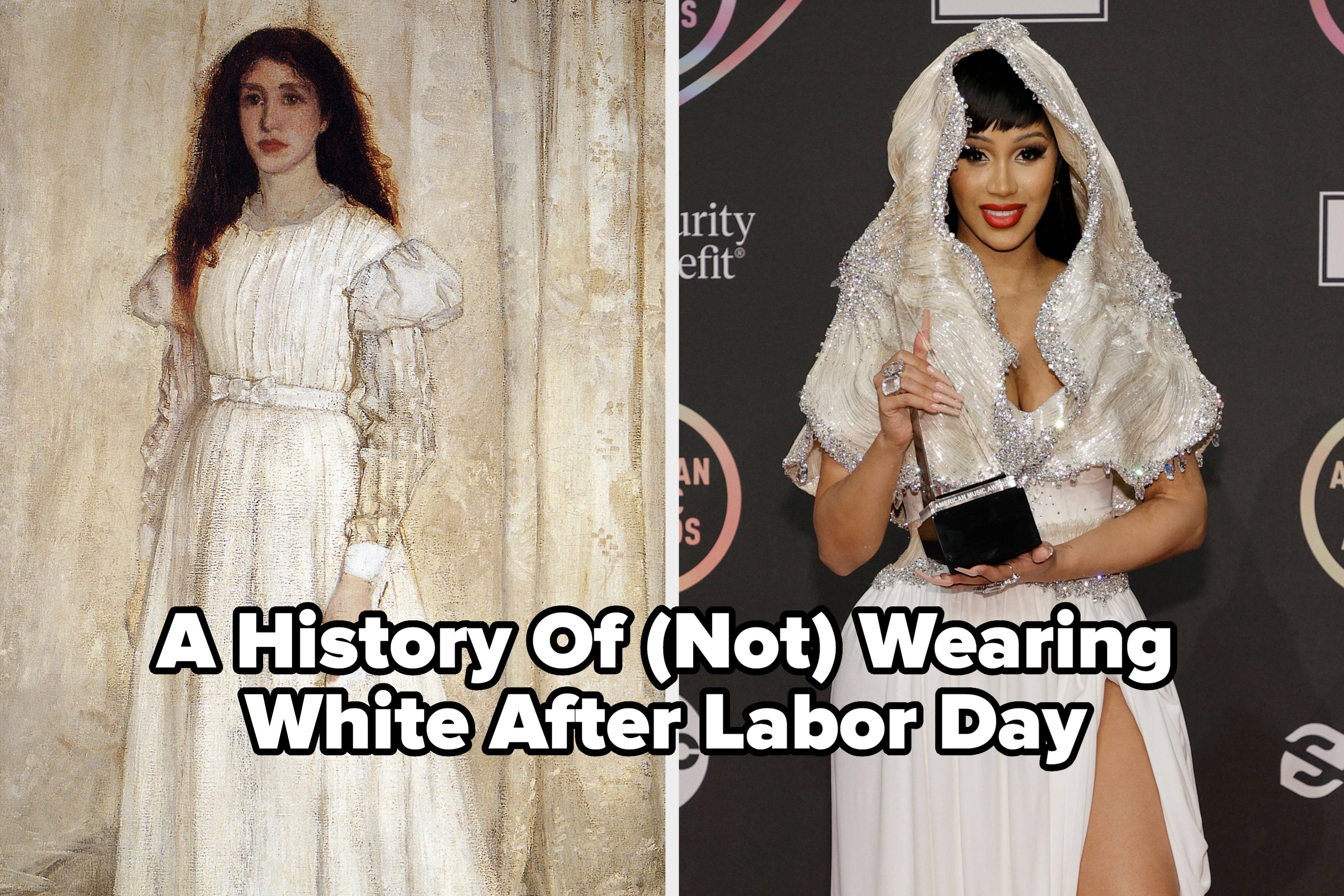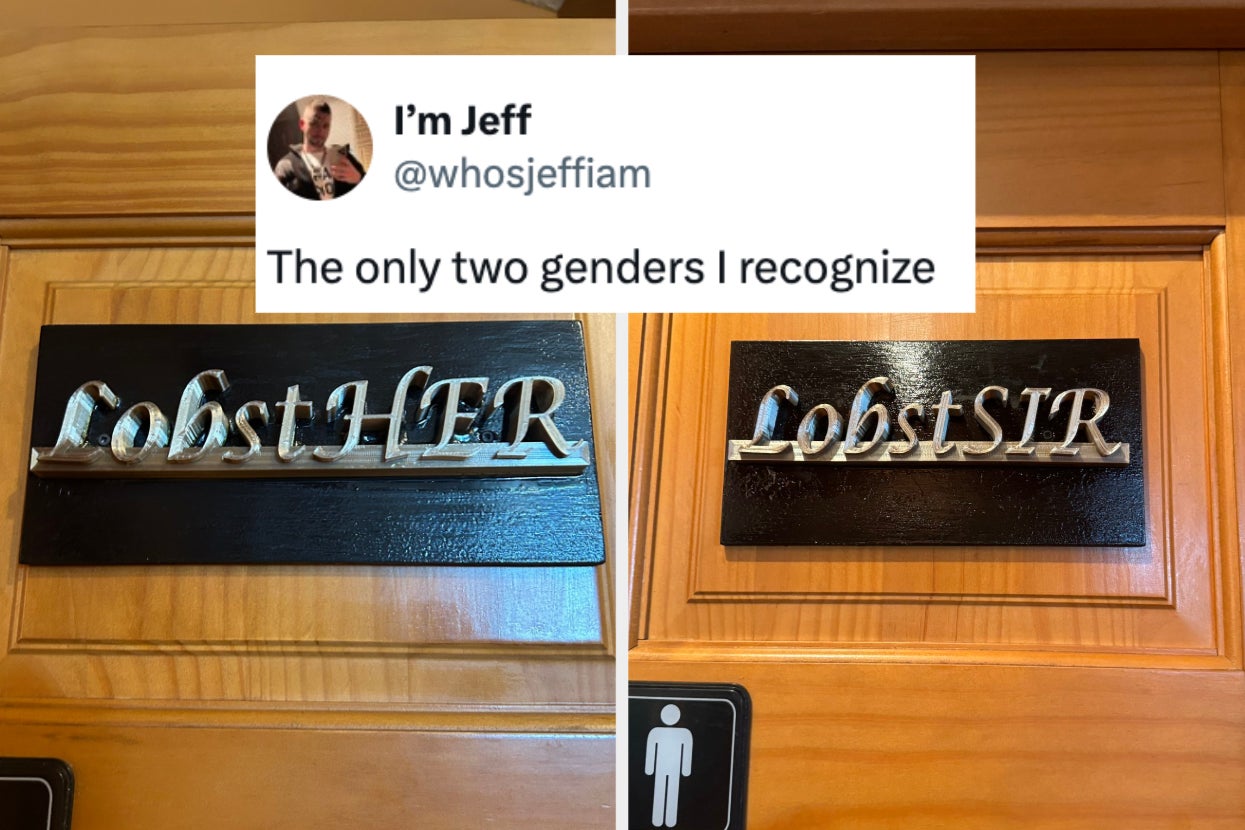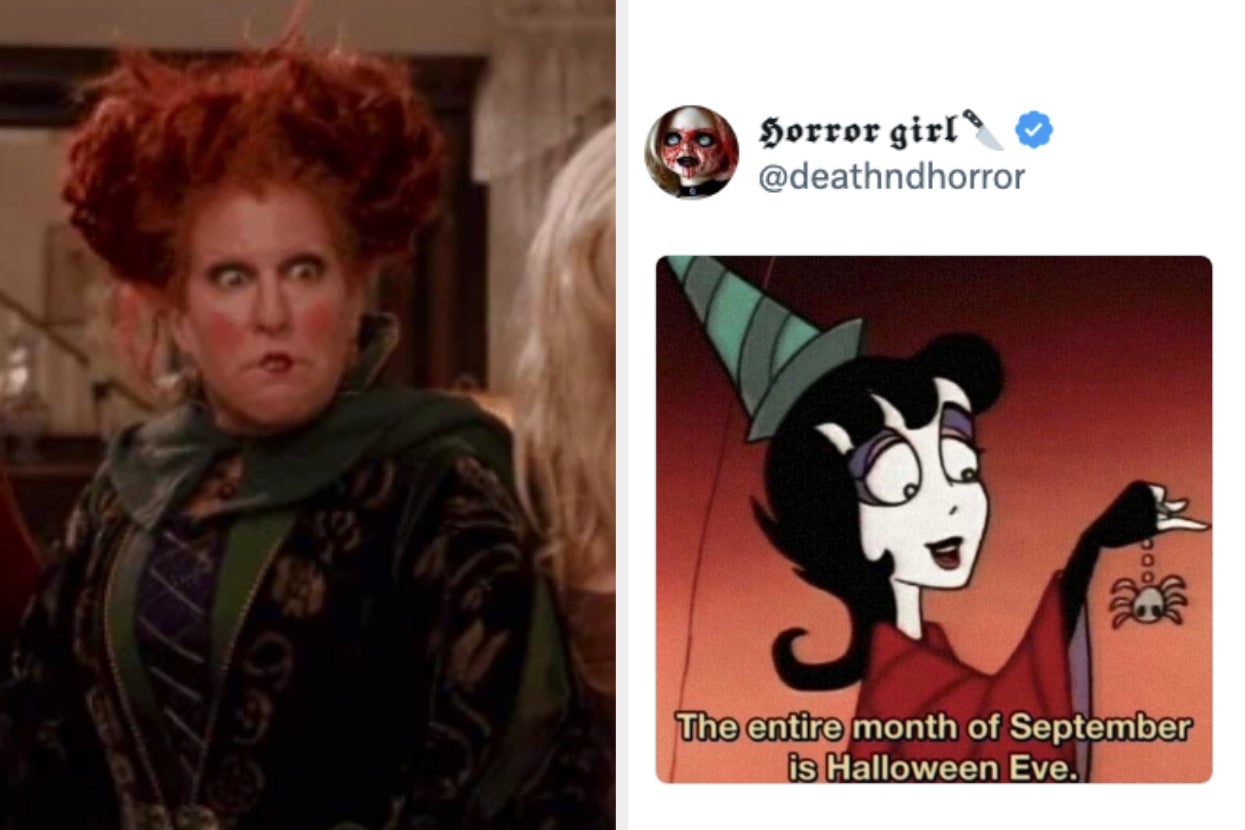
The 19th century introduced a social norm that has become a debatable topic for a century and a half: no white after Labor Day.
Most people don’t understand where this trend came from, but it’s been passed on for generations and in many circles, considered a fashion faux pas (though, who actually follows it?).
As we approach the long weekend, I did some digging to understand the origins of the “no white after Labor Day” rule.
White was once a symbol of wealth and leisure.
According to Marie Claire, there’s a theory that the Labor Day rule came in the late 19th century as socialites who came from generational wealth took issue with the “nouveau riche,” i.e. those who only recently came into money.
There was a practical reasoning for this, though. Since garments like tank tops and shorts weren’t considered sanctimonious, lighter clothes in white were easily breathable during the summer months.
And since the long weekend in September marks the end of summer, the “no white after Labor Day” rule was born.
As fall approached, white clothes went out of style in exchange for darker colors.
White clothes, in general, were more susceptible to showing dirt and stains in cities at a time when the roads were covered in dirt. So, wearing white also became a means for the upper class to distinguish themselves from the working class – those who worked in labor, specifically – and suggested that they had workers who would handle tasks that may get their outfits dirty.
Basically, if you were rich enough to leave the city in the summer, you wore white leisurely attire as a means to stay cool. Meanwhile, those who remained in the city throughout the summers wore darker clothes that could disguise the dirt.
However, fashion was and still is an anchor for social status.
As a result, fashion pillars such as Vogue proliferated the rule through imagery in print, and their layout included illustrations of women wearing light-colored or white clothes during this season. “White, while perfect for the country, it is, because it soils so easily, impossible for town wear,” reads an article from Vogue in 1925. Not to mention, fashion houses also introduced seasonal collections that reflected this trend.
Like all fashion trends, it began to fade away.
At the same time, Vogue also introduced “winter whites” on their models throughout the seasons. Interestingly enough, it was also around this time when sanitation workers wore all-white uniforms similar to those who worked in the medical field.
The rule began to fade as time passed, and by the 1960s and 1970s, fashion became much bolder, ignoring old traditions and embracing a new age.
However, even after the fashion world shook off the “no white after Labor Day” rule, it remained a part of pop culture. The rule eventually transformed into “no white shoes after Labor Day.”
View this video on YouTube
There was the final scene in 1994’s Serial Mom where Beverly Sutphin scolds one of the jurors for wearing white shoes after Labor Day and fatally attacks her.
And who could forget this hilarious clip in 2005’s Dukes Of Hazard when Boss Hogg was confronted by a man in jail about his all-white attire.
View this video on YouTube




